Electric Guitar Body – what you should know before they buy
To help you sort out which one will best suit your skills and playing preferences, here are some defined terms:
Solid Body Electric Guitars
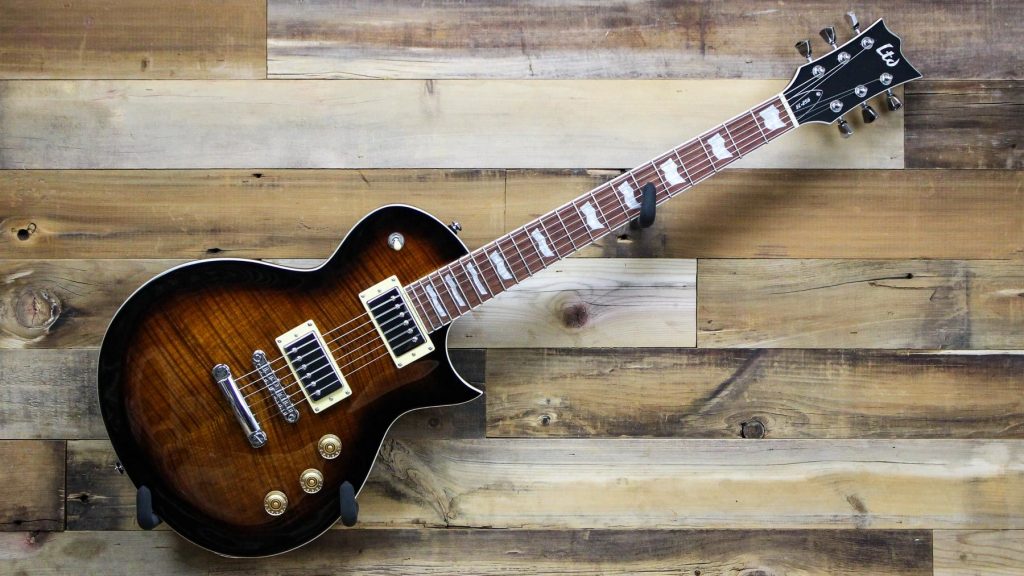 Solid body electric guitars are made of solid wood, they do not have a hole or chamber like the acoustic guitar. You will find these types of electric guitars in online stores and shops, they are the most common type of guitars. In order to produce sound, these solid body guitars depend on the quality of the wood and its components. They are suitable for any musical situation.
Solid body electric guitars are made of solid wood, they do not have a hole or chamber like the acoustic guitar. You will find these types of electric guitars in online stores and shops, they are the most common type of guitars. In order to produce sound, these solid body guitars depend on the quality of the wood and its components. They are suitable for any musical situation.
Discussed below are the four most common types of solid body electric guitar;
- Stratocasters: Musicians are able to access the higher frets using this Fender Stratocaster because of its cutaway horns. For longer performances, the back of a Stratocaster body is designed to be more comfortable. The three single coil pickups in these guitars transfer the vibration of the strings to the amplifier. If you want your guitar to produce a wide variety of sounds, the pickups can all be turned on at the same time. You can raise or lower the pitch using the tremolo bar by pulling the bar up and down to produce different effects. If you like dabbling in the different music genres and playing styles, Stratocasters are the best option for you.
- Telecasters: This is another Fender guitar that enables you to get those higher frets using a single cutaway. Unlike the Stratocasters, telecasters use two single coil pickups to produce large scale sound, the pickups can either be used separately or together. Telecasters are commonly used for country music because it is known for producing a thin and biting sound, but recently it is used among the indie musicians. Telecasters are not suitable for heavy rock or metal music. If you like indie or country music, a Telecaster guitar is a preferred option for you.
- Les Paul: These type of guitars have a feel of heavyweight and heavy metal. During its introduction, Les Paul had two p-90 single coil pickups, but today they produce the thick and sustainable sound by using a double humbucker pickup. Les Paul features a single cutaway shape just like the Telecasters and Stratocasters. Les Paul guitars are loved by heavy rock musicians. The Les Paul Guitar package reviewed in this article is a great place to start for beginners wanting to learn heavy metal grooves.
- SG: This is for you if you play heavy metal or rock music. SG guitars have a long neck design and a shape of a twin horn cutaway.it may be difficult to get used to this type of guitar but it is lightweight compared to Les Paul. The long neck makes the guitar feel unbalanced. Just like the Les Paul, SG guitars have two humbucker pickups but they have specific settings for different tone and volume controls.
Other Types of Electric Guitars
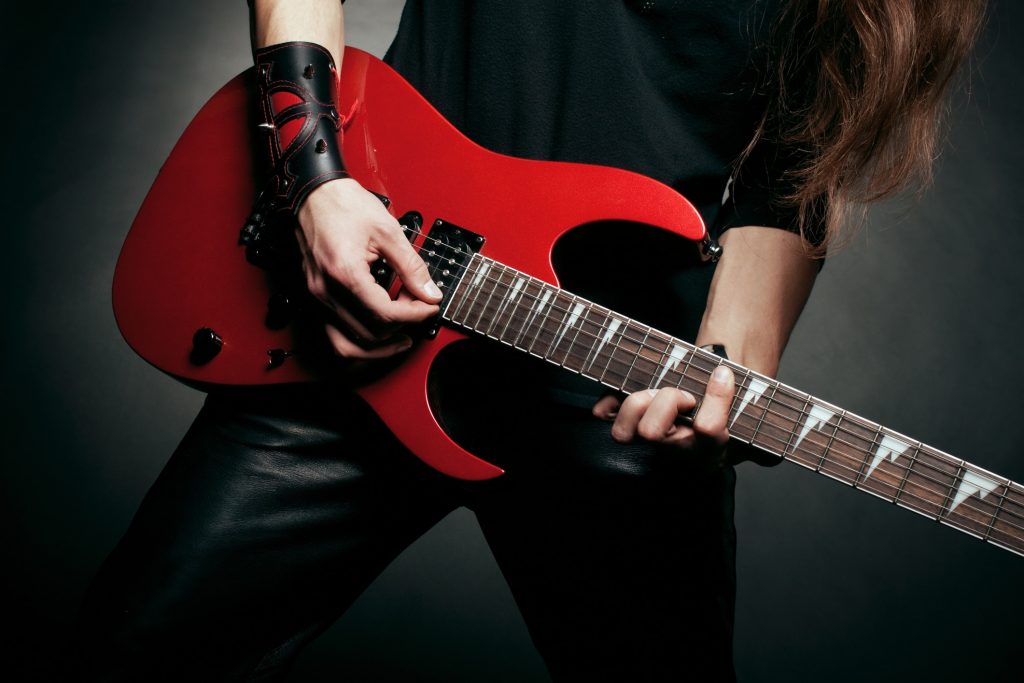 If you want to branch out from the basics, here are a few other options:
If you want to branch out from the basics, here are a few other options:
- Semi-Acoustic Electric Guitars: These type of guitars have a hollow body that enables them to produce a more dynamic and warmer ranger of sounds. Rock and metal musicians do not play semi-acoustic electric guitars because they are vulnerable to unwanted feedback. The feedback factor is due to the distorted sound, and many guitars have solid blocks inside them to reduce the feedback.
- 335s: If you are an electric blue and fusion musician these type of guitars is suitable for you. When it comes to quality and looks, there is no compromise with these type of guitars. They are made of hybrid hollow and solid body, with a solid block inside to minimize the feedback effect to enable your creativity’s full potential. The Oscar Schmidt OE30 reviewed earlier is an ideal choice if you want to learn Blues electric guitar playing.
- Rickenbacker 330: These type of guitars are known to produce a jangly, bright sound. If you are an old-fashioned person when it comes to music, Rickenbacker 330 produces the same quality of sound like the old school tracks to achieve the ‘60s band style’.
- Archtop: These type of guitars were once played as acoustics but now they can produce that electric sound by just hooking it up to an amp. They have a hollow body and produce thick, less sustained sound. They are commonly used by jazz musicians and their design is similar to that of old-fashioned violins. The tops and back are curved and arched out of one piece of wood. The Gibson ES-175 is the most common archtops that come with two humbucker pickups.
Price Tag
It is advisable to go for a cheaper option when purchasing an electric guitar for or as a beginner. Electric guitars have a wide range of prices to choose from just like other instruments. However, if the reasons for purchasing is upgrading, consider the skill level and the style of music before buying another guitar. There are affordable models with excellent quality, but mostly it depends on the amount of cash you are willing to spend.
It is perfectly acceptable to spend less than $100 on an electric guitar for a beginner because you are not sure if the instrument is suitable for you. No need to waste money if you are not going to stick to the guitar. However, if you aspire to be on stage or recording, you can definitely invest a few extra dollars for a guitar that feels, looks, sounds and plays higher quality sounds. In the long run, it will save you money on upgrading and the guitar will be ready when you are ready for performance.
Care and Maintenance Tips for an Electric guitar
 Generally, guitars require less maintenance but caring for your guitar ensures that it last longer in terms of sound and appearance. In order to put the instrument in its best possible shape, every guitar player should practice care and maintenance for their guitar. Here are a few tips on how you can take care of your guitar whether you have just bought a new one or already own one.
Generally, guitars require less maintenance but caring for your guitar ensures that it last longer in terms of sound and appearance. In order to put the instrument in its best possible shape, every guitar player should practice care and maintenance for their guitar. Here are a few tips on how you can take care of your guitar whether you have just bought a new one or already own one.
- Changing the strings regularly. Over time, strings lose their sound quality, therefore it is important to change the strips to keep the sound crisp and full. The quality of the strings deteriorates more when you play the guitar more often. The number of times you change the strings will depend on how much you play the guitar. For example, if you play your guitar for an hour in a day, then you should change the strings once every four to six weeks.
Features to help you choose the best beginner electric guitar
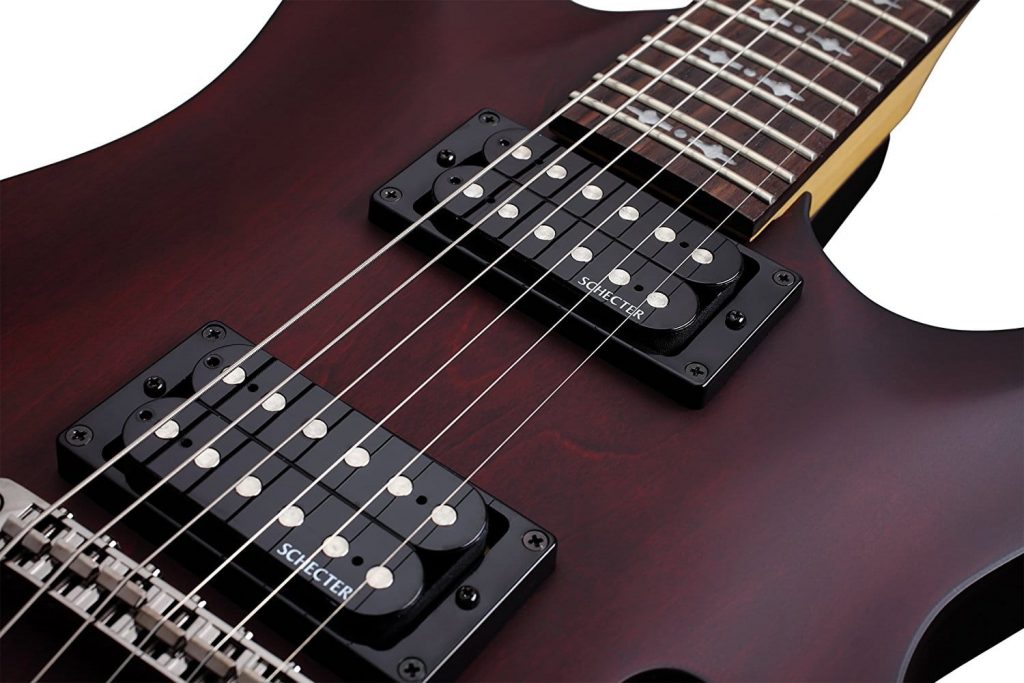 It is important to understand and be familiar with the building blocks of a guitar before you can purchase one. Each feature plays an important role and together they work to produce sound. They are discussed below:
It is important to understand and be familiar with the building blocks of a guitar before you can purchase one. Each feature plays an important role and together they work to produce sound. They are discussed below:
Size
The correct size of a guitar for a beginner will depend on the players’ age, height and sometimes gender.
Body wood
The quality of material used to make the guitar will determine the tone and sustain production. The most budget-friendly tonewoods used include poplar, basswood, paulownia and alder, while the most expensive guitars are made of mahogany, pine and swamp ash. All the materials have different quality of tone. For example, swamp ash produces a brighter sound, mahogany gives a warmer sound and basswood and alder offer a well-balanced sound.
Necks
There is no wrong or right neck and a number of guitars will have either mahogany or maple neck with ebony, pale or rosewood fretboard. It is important for you to choose one that feels comfortable and smooth to play and consider your playing style and personal preference. For example, C-Shaped neck guitar is preferred by most because it is comfortable and a safe choice while a U-Shaped neck guitar is preferred for by faster players for punk rock and metal.
Scale length
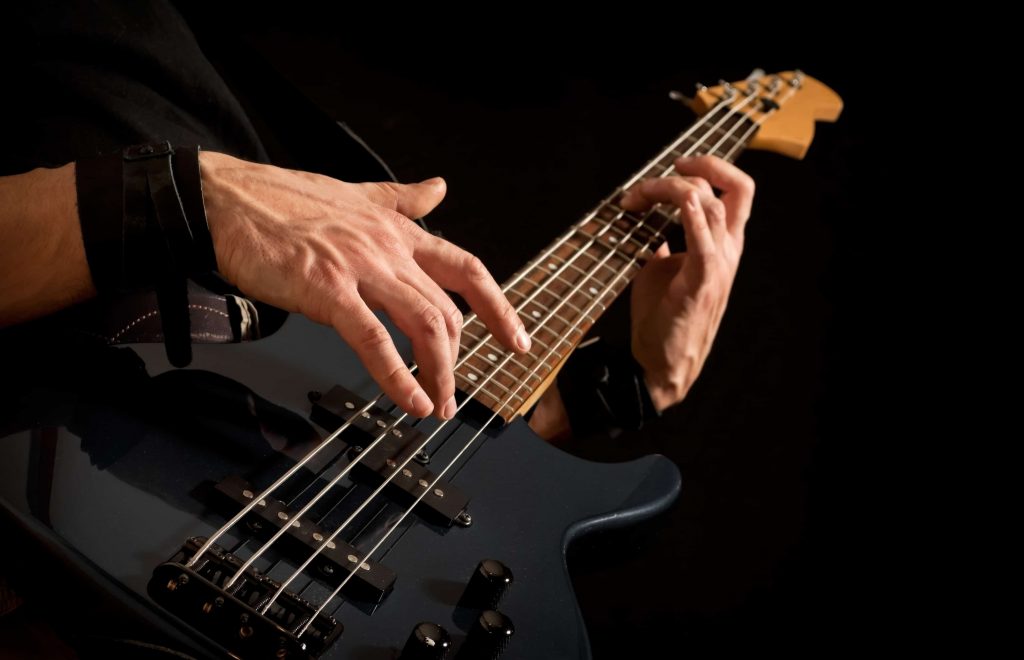 This is the distance between the bridge and the nuts, and there is no normal scale length for an electric guitar. It depends on your choice. A Fender guitar is 25.5 inches while a Gibson guitar is 24.75 inches. Smaller scale lengths as mentioned in the ESP LTD EC-256FM review, can be essential for beginners to learn the electric guitar more easily.
This is the distance between the bridge and the nuts, and there is no normal scale length for an electric guitar. It depends on your choice. A Fender guitar is 25.5 inches while a Gibson guitar is 24.75 inches. Smaller scale lengths as mentioned in the ESP LTD EC-256FM review, can be essential for beginners to learn the electric guitar more easily.
Pickups
There are two types of pickups in guitars for beginners; a single coil pickup and a humbucker pickup. A single coil pickup produces a bright, sparkly sound which makes it excellent for lead players. On the other hand, humbucker pickups produce full, meaty sounds mostly used for rock and metal musicians. Some guitars may offer single pickups while others come with two or more pickups, in this case, they will have a pickup selector for quickly switching between them when playing.
Fretboard and frets
Frets are thin metal bars that run down the neck of a guitar and act as note separators, enabling you to play individual chords and notes. Most guitars have 22 frets while those for rock and metal music have 24 frets for higher notes. But as a beginner, it should not matter because as you understand guitar playing, you will know what works for you.
Bridge
They are located at the bottom of the guitar. There are two types of bridge, that is, a fixed bridge and a tremolo bridge. Both have pros and cons. A fixed bridge is good for tuning and sustains stability, but it doesn’t have a vibrato. On the other hand, a tremolo bridge has vibrato effects with amazing sound for playing high lead solos but it affects the tuning. Whichever bridge you choose, it depends on your preference.
Accessories
As a beginner you will need the following accessories for your guitar—picks, cables, stand, strings, string winder, strap, tuner, metronome, cleaning supplies and a gig bag.
Warranty
Reputable guitar manufactures will give you a warranty when you purchase your guitar. But if you take good care of your instrument, you will not need a warranty.
Beginner tips on how to tune an electric guitar
- Use an electric tuner.
- Know proper pitch before you can start tuning. The standard tuning for an electric guitar is from string 6 through string 1: E A D G B E.
- Establish a pattern by always skipping one string and never change two adjacent strings in succession.






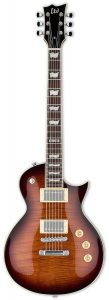
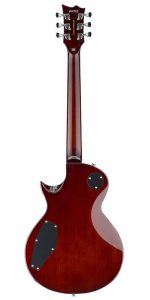

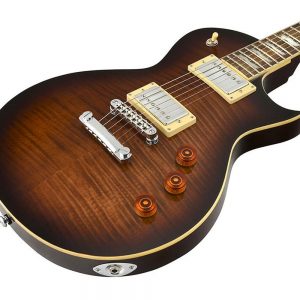

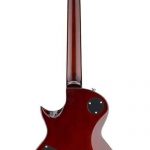
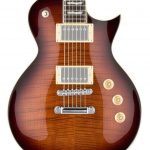
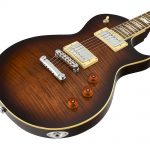
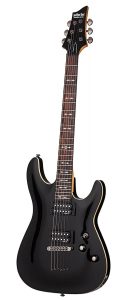

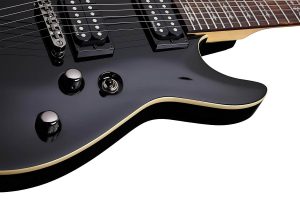
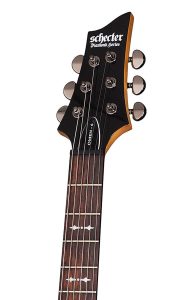
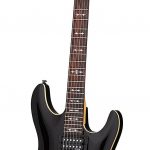
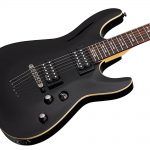
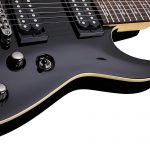



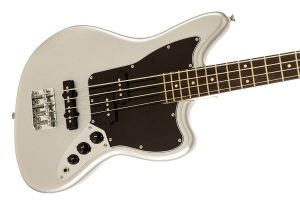
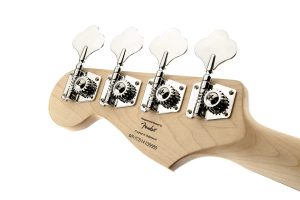
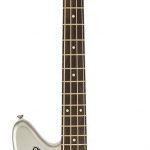

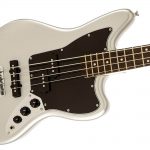
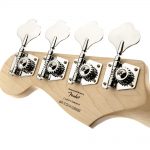
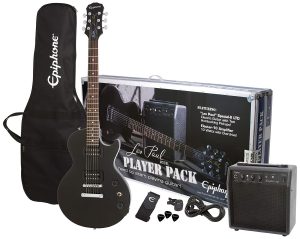

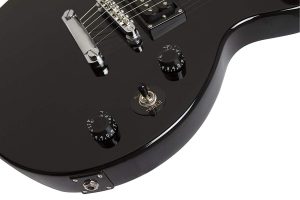

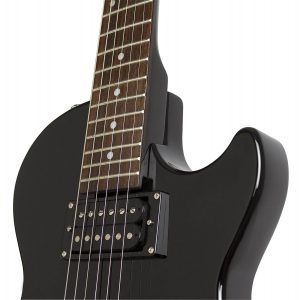
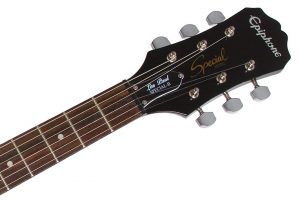
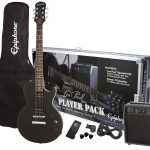

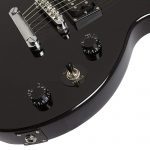
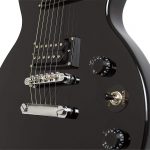
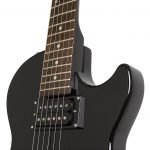
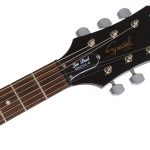

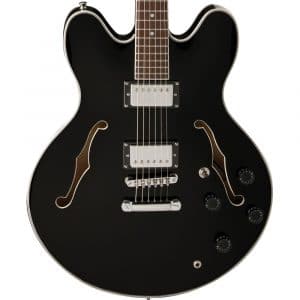

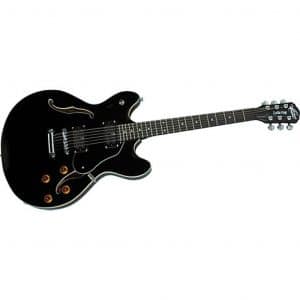
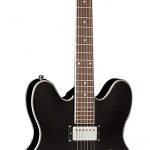
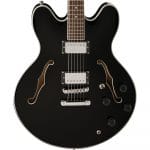
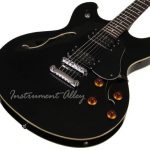

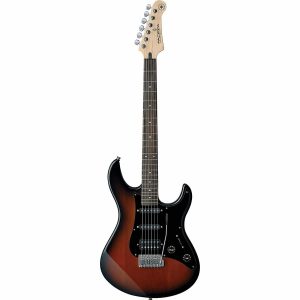
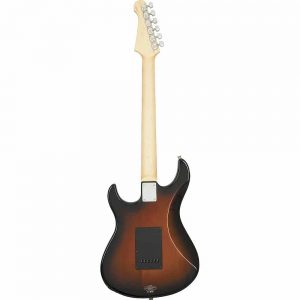
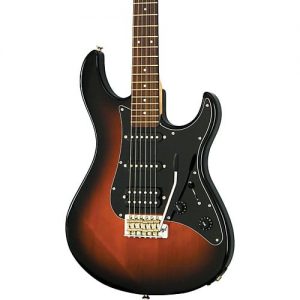
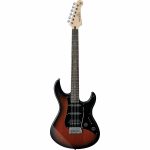

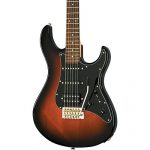
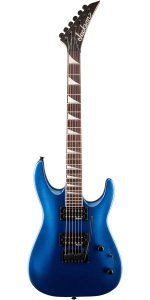
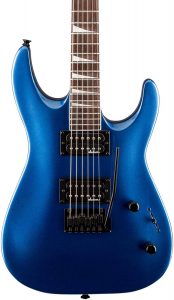


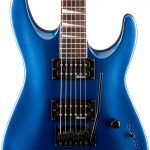
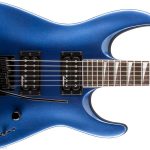
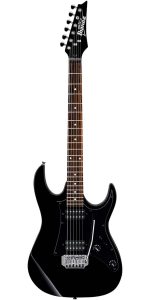
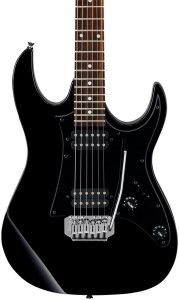
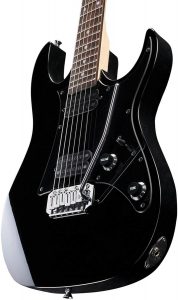
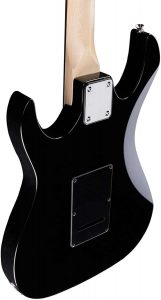

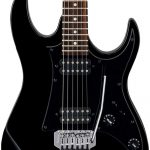
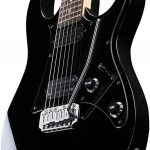
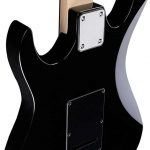
 Solid body electric guitars are made of solid wood, they do not have a hole or chamber like the acoustic guitar. You will find these types of electric guitars in online stores and shops, they are the most common type of guitars. In order to produce sound, these solid body guitars depend on the quality of the wood and its components. They are suitable for any musical situation.
Solid body electric guitars are made of solid wood, they do not have a hole or chamber like the acoustic guitar. You will find these types of electric guitars in online stores and shops, they are the most common type of guitars. In order to produce sound, these solid body guitars depend on the quality of the wood and its components. They are suitable for any musical situation. If you want to branch out from the basics, here are a few other options:
If you want to branch out from the basics, here are a few other options: Generally, guitars require less maintenance but caring for your guitar ensures that it last longer in terms of sound and appearance. In order to put the instrument in its best possible shape, every guitar player should practice care and maintenance for their guitar. Here are a few tips on how you can take care of your guitar whether you have just bought a new one or already own one.
Generally, guitars require less maintenance but caring for your guitar ensures that it last longer in terms of sound and appearance. In order to put the instrument in its best possible shape, every guitar player should practice care and maintenance for their guitar. Here are a few tips on how you can take care of your guitar whether you have just bought a new one or already own one. It is important to understand and be familiar with the building blocks of a guitar before you can purchase one. Each feature plays an important role and together they work to produce sound. They are discussed below:
It is important to understand and be familiar with the building blocks of a guitar before you can purchase one. Each feature plays an important role and together they work to produce sound. They are discussed below: This is the distance between the bridge and the nuts, and there is no normal scale length for an electric guitar. It depends on your choice. A Fender guitar is 25.5 inches while a Gibson guitar is 24.75 inches. Smaller scale lengths as mentioned in the
This is the distance between the bridge and the nuts, and there is no normal scale length for an electric guitar. It depends on your choice. A Fender guitar is 25.5 inches while a Gibson guitar is 24.75 inches. Smaller scale lengths as mentioned in the 





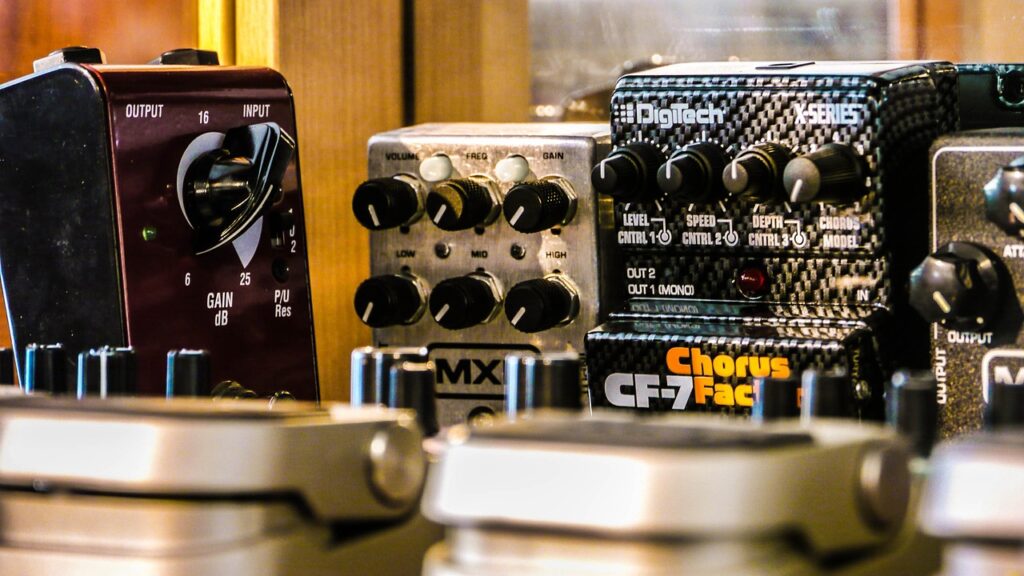
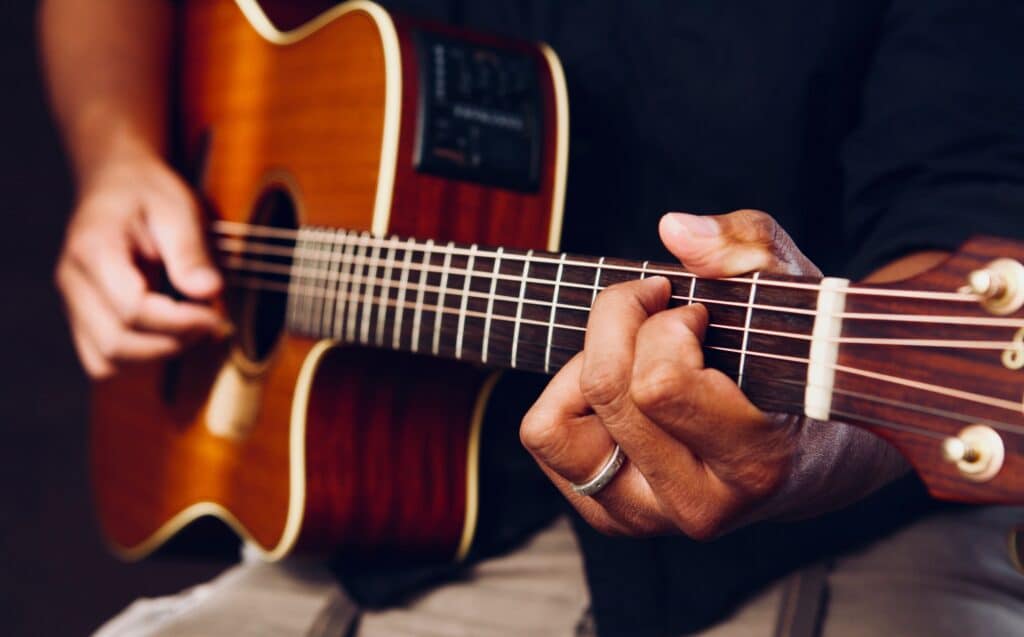
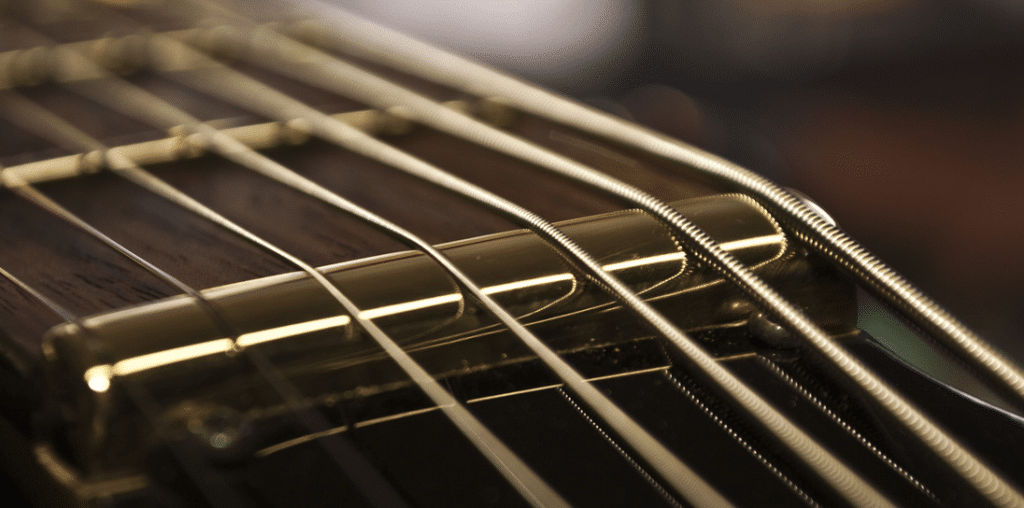


I found this article really helpful in understanding the different types of electric guitars and what to consider when buying one. I’m just starting out as a beginner, so it’s great to have all this information in one place. I’m still not sure which one to choose, but I’m leaning towards the Stratocaster because of its versatility. Any recommendations?